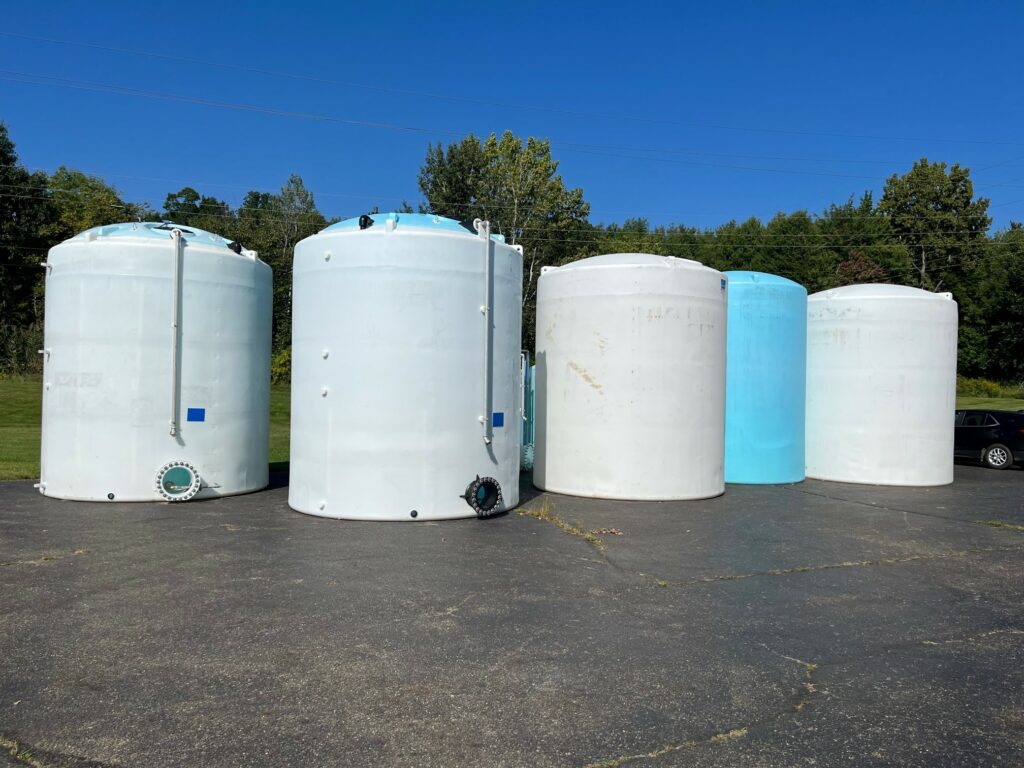Secondary containment tanks are pivotal in industrial settings, offering an additional layer of defense against potential leaks or spills of hazardous substances. Crafted to meet stringent safety standards, these tanks provide a reliable solution for industries handling chemicals, fuels, and other dangerous materials.
Constructed with durability in mind, Aetna Plastics’ secondary containment tanks are designed with robust, high-density materials including HDPE, PP, and PVC. This construction ensures resilience against corrosion, impact, and harsh environmental conditions, safeguarding both the contents within and the surrounding environment.
Double-walled tanks specifically feature an inner tank enclosed within an outer shell, providing a dedicated dual-layered structure to prevent leaks or spills. Secondary containment tanks, on the other hand, encompass a broader category including various designs like berms, dikes, and concrete vaults, all aimed at providing an additional safeguard against environmental contamination beyond just a double-walled structure.
Here are a couple types of secondary containment tanks commonly used in various industries.
Types of Secondary Containment Tanks
Berms and Dikes
- Berms and dikes are raised barriers surrounding primary tanks, serving as secondary containment measures in industrial settings. These structures are designed to contain spills and leaks, preventing the spread of hazardous substances into the surrounding environment and enhancing overall safety.
Spill Containment Pallets
- Spill containment pallets are essential equipment designed to safely store and handle drums, containers, and other hazardous materials. Featuring built-in containment sumps, these pallets effectively capture spills and leaks, preventing them from contaminating the surrounding area and facilitating easy cleanup.

